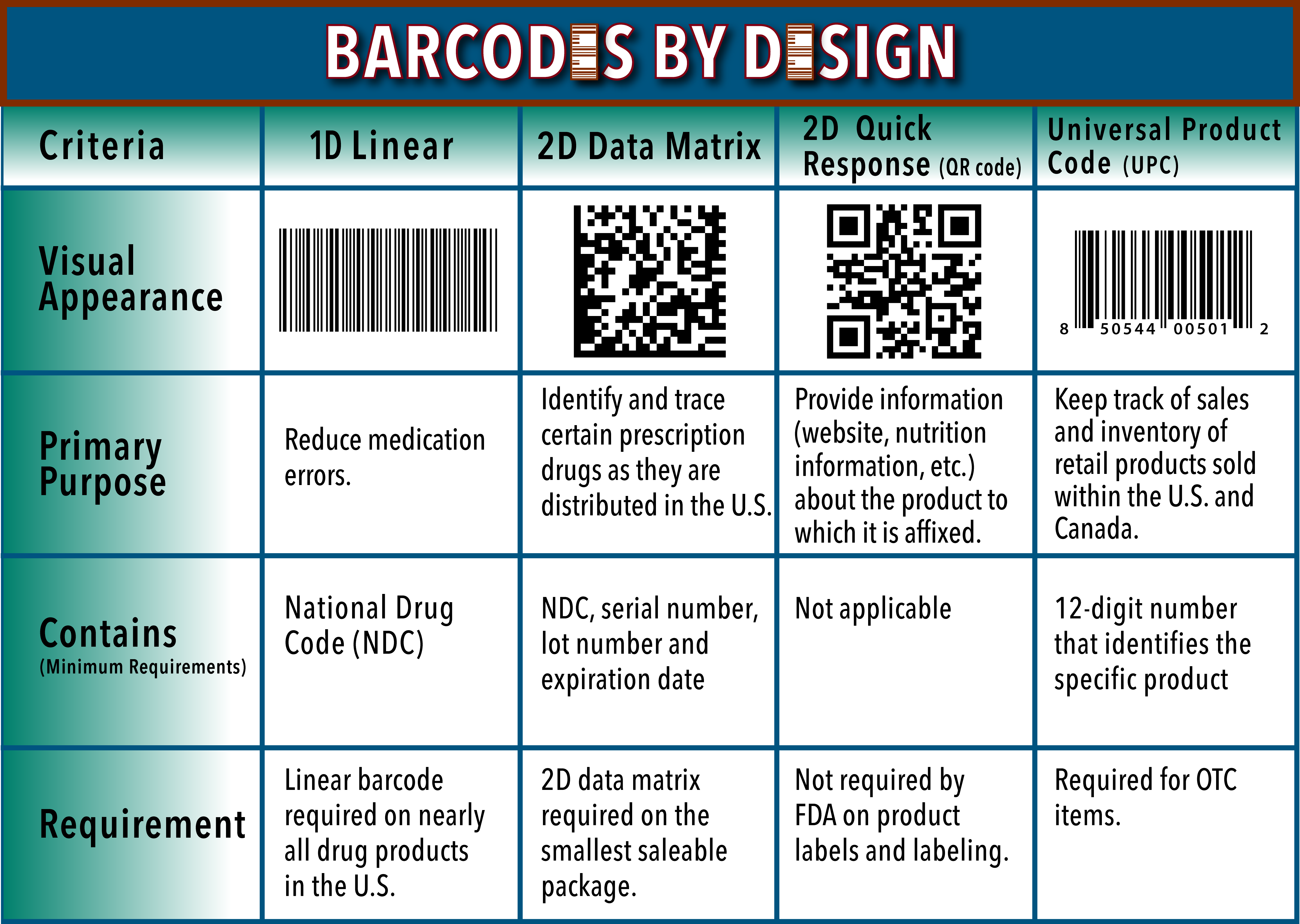

To remove a directory, use the command – rmdir directoryname You can also create more than one directory at a time. Will create a directory ‘Music’ under ‘/tmp’ directory If you want to create a directory in a different location other than ‘Home directory’, you could use the following command – mkdir This command will create a subdirectory in your present working directory, which is usually your “Home Directory”. You only need root/sudo privileges, only if the command involves files or directories not owned by the user or group running the commands Directory ManipulationsĮnough with File manipulations! Let’s learn some directory manipulation Linux commands with examples and syntax.ĭirectories can be created on a Linux operating system using the following command mkdir directoryname
#TYPE OF RUNIX CODES PASSWORD#
This eliminates the need of entering the password time and again. NOTE: By default, the password you entered for sudo is retained for 15 minutes per terminal. password for guru99: renaming file: mv filename newfilename System administrators can trackback the person responsible for undesirable changes in the system. Sudo maintains a log of each command run. After authentication, the system will invoke the requested command. Though, you do not need to know the root password. Sudo command will ask for password authentication. Sudo program allows regular users to run programs with the security privileges of the superuser or root. Currently, we are executing the command as a standard user. Suppose we want to move the file “sample2” to location /home/guru99/Documents.
#TYPE OF RUNIX CODES HOW TO#
How to delete files using Linux/Unix Commands To remove a file use syntax – rm filename The ‘rm’ command removes files from the system without confirmation. Note: Only text files can be displayed and combined using this command. To view the new combo file “sample” use the command cat sample It will only show a message when something goes wrong or when an error has occurred. Shell Commands will never give you a confirmation message like “OK” or “Command Successfully Executed”. This is because Bash Shell (Terminal) is silent type. The syntax to combine 2 files is – cat file1 file2 > newfilenameĪs soon as you insert this command and hit enter, the files are concatenated, but you do not see a result. To view a file, use the command – cat filename How to create and view files in Linux/Unix Press ‘ctrl + d’ to return to command prompt. It can also be used for copying, combining and creating new text files. The ‘cat’ server command is used to display text files.


Hidden items in UNIX/Linux begin with – at the start, of the file or directory.Īny Directory/file starting with a ‘.’ will not be seen unless you request for it.


 0 kommentar(er)
0 kommentar(er)
